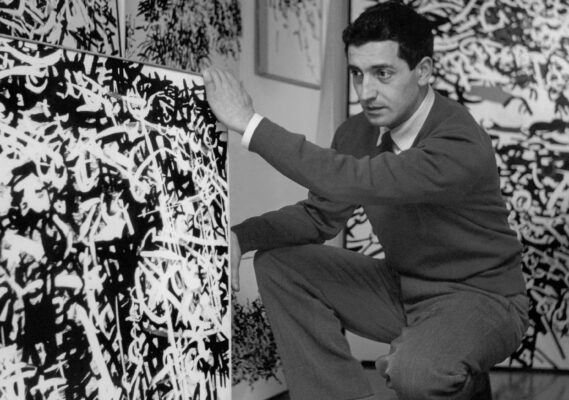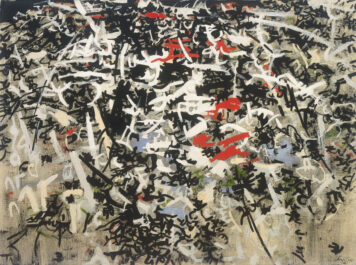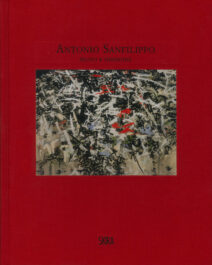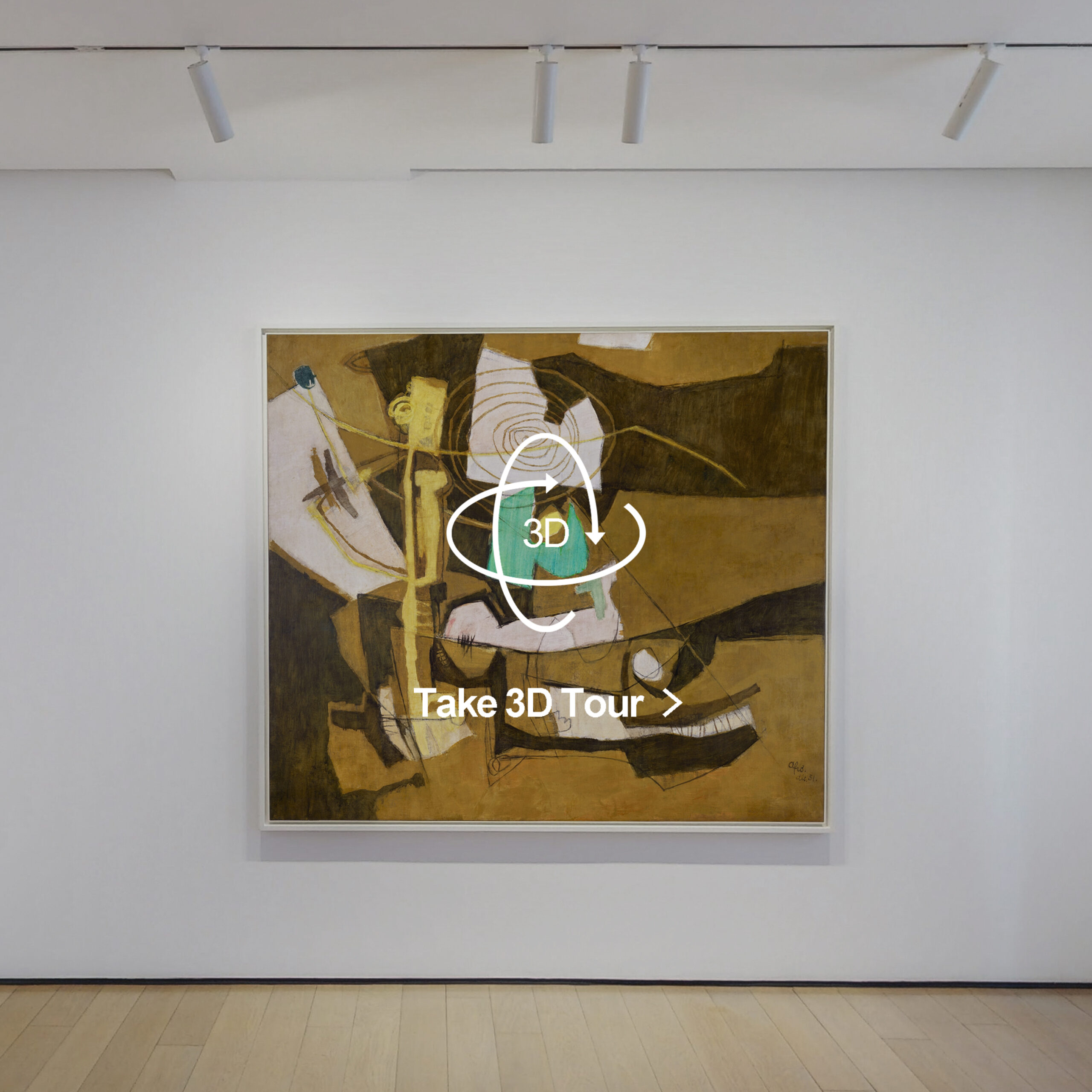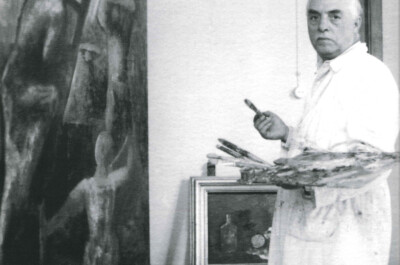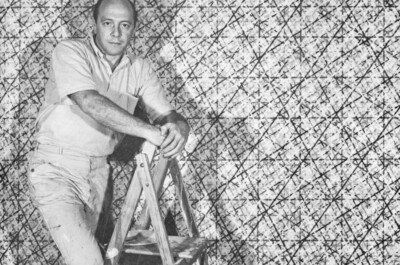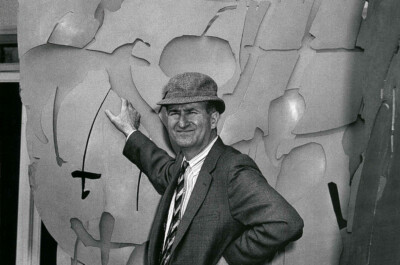Antonio Sanfilippo was born in Partanna (Trapani, Sicily) in 1923. After his studies in the Palermo school of art, Sanfilippo finished his training in the academy of arts in Florence. In 1946 he settled in Rome and, in 1947, together with Accardi, Attardi, Consagra, Dorazio, Guerrini, Perilli, Turcato, and Maugeri, he founded the “Forma” art movement. In 1948 he exhibited in the Venice Biennale where he was to return in 1954, 1964, and in 1966 when he had a room to himself.
In 1953 he began to interest himself in the value of marks; this, in about 1956-57, led to a highly personal language which, unlike his previous agglomerates, consisted of marks freely scattered over the picture surface. If until 1963 Antonio Sanfilippo’s work was mostly monochrome, it was later enlivened by a vivacious yet elegant use of colour.
In 1958 Michel Tapié presented his solo show in the Galleria d’Arte Selecta, Rome, and in 1960 he inserted the artist’s name in the book Morphologie autre. His participation in the lively Roman art world soon put him in contact with the New York scene and the European avant-gardes. In 1958 he took part in the show Nuove tendenze dell’arte italiana, curated by Lionello Venturi and held in the Roman venue of the Rome-New York Art Foundation (1958). Antonio Sanfilippo participated in the show marking the bicentenary of the Pittsburgh Carnegie Institute (1958- 1959). International recognition was confirmed in the next few years: in 1961 he participated in a show of Italian art in the Kamakura Museum of Modern Art, and then in an exhibition of the Dana Collection in the Institute of Contemporary Art, Boston.
In the following decade his interest in graphics intensified and, between 1972 and 1979, he produced numerous drawings in pen, ink, and pencil. Antonio Sanfilippo died in January 1980 as a result of complications following a car accident. His works are to be found in public collections in Florence, Rome, and Turin, to mention just a few, as well as in many Italian and foreign private collections.
